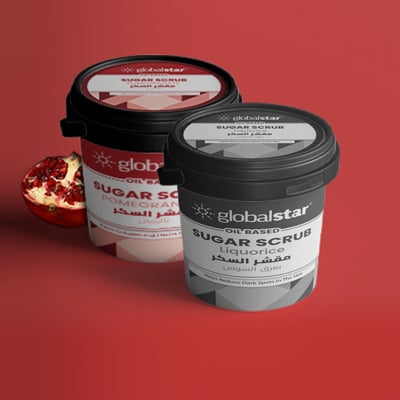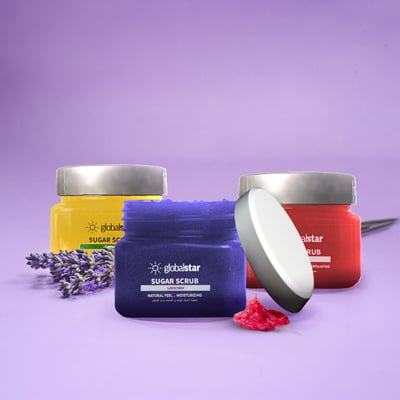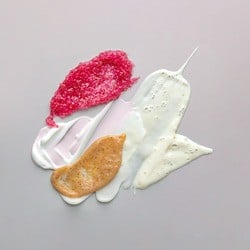
The voice is always loud in praise of sanding and the powerful effect of sanding the body in treating skin problems. In order to use it correctly and obtain these results, it is first important to understand what sanding is and how it works to rejuvenate and repair the skin. Therefore, it is necessary to understand the skin first. In this article, some of the most important questions will be answered, including:
- How does skin work?
- What is the necessity of supporting skin sanding?
- How do different ingredients help in exfoliating the skin?
- How to use sandpaper to get the best results?
How does skin work?
The skin consists of several layers and throughout our lives it continues to live in a recurring cycle of cell death and replacement with new ones. Because getting rid of dead cells from the surface of the skin is not an automatic process in most cases, we often have to deal with dry skin or skin affected by the remaining pigments that the skin naturally produces due to the accumulation of layers of these cells. The result is nothing but uneven skin with roughness or acne scars.
What is the necessity of supporting skin sanding?
The question is often asked: Does exfoliation really have such a great effect on the skin? Or is it another propaganda exaggeration?
In fact, the noticeable frequency of blemishes and problems in your skin and the skin of those around you, and constantly hearing about those searching for solutions, is a sufficient answer to the necessity of having peeling in your beauty routine.
The skin does not clean itself, but the cells, even if they are dead, still consist of the basic structural structure that causes the cells to bond together. Therefore, as mentioned previously, the process of getting rid of the rest of these cells is not automatic.
It is noticeable that areas of skin that are constantly exposed to washing or rubbing, such as the hands and face, do not encounter thick layers of dead skin as happens on other surfaces of the skin. Such as the back surface of the neck, elbows, or foot joints.
In addition to being less exposed to water and having a greater chance of collecting and accumulating, the layers of skin are thicker around the joints to protect them. This is the primary reason for the permanent accumulation of more dead skin and for pigmentation or a change in skin color to darker shades on the aforementioned surfaces of the skin.
As the skin produces melanin pigment, it is a type of protection. Neglecting to constantly exfoliate the layers of skin saturated with excess pigment allows it to penetrate and dye the skin.
Here, sandpaper appears as your savior hero. One of its most important qualities is to carry out the process of physical exfoliation of the skin’s surface gently and without threatening the skin, exposing it to harm, or causing it to produce more melanin. It reduces the process of violent rubbing or scrubbing and provides you with a comfortable and refreshing experience at the same time.

How do different ingredients help in exfoliating the skin?
In this article, we continue to answer questions and doubts about advertising about what actually benefits you. You may be pleased and surprised by the ease and clarity of the answers.
The scrub is always used with water, and the exfoliation process results in the opening of the skin's pores automatically, allowing the ingredients of the scrub, along with their vitamins and antioxidants, to pass through and penetrate into the skin as well.
Your choice of sander should depend on the type of solution you are looking for. Every natural ingredient is full of what will rejuvenate your skin and restore it to its previous glory.

How to use sandpaper to get the best results?
The first motivation for resorting to sanding is to provide a gentle exfoliation experience on the skin. To ensure this is achieved, here are the most important points to consider when exfoliating your skin
1. Use lukewarm water. Repeated exposure of the skin to hot water harms it and exposes it to severe dryness. In the case of exfoliation, cold water is also not recommended, as it closes the pores and prevents the benefits recorded in your sandpaper from crossing over. We recommend rinsing the skin with cold water after finishing exfoliation.
2. Use aids such as Moroccan loofah of known types, and stay away from fibers with a rough texture, such as natural fibers or those made from burlap or straw.
3. Use circular movements when exfoliating to prevent scratching the skin
4. Take enough time until signs of a change in skin texture appear, and do not rush, as restoring layers of skin takes time.

